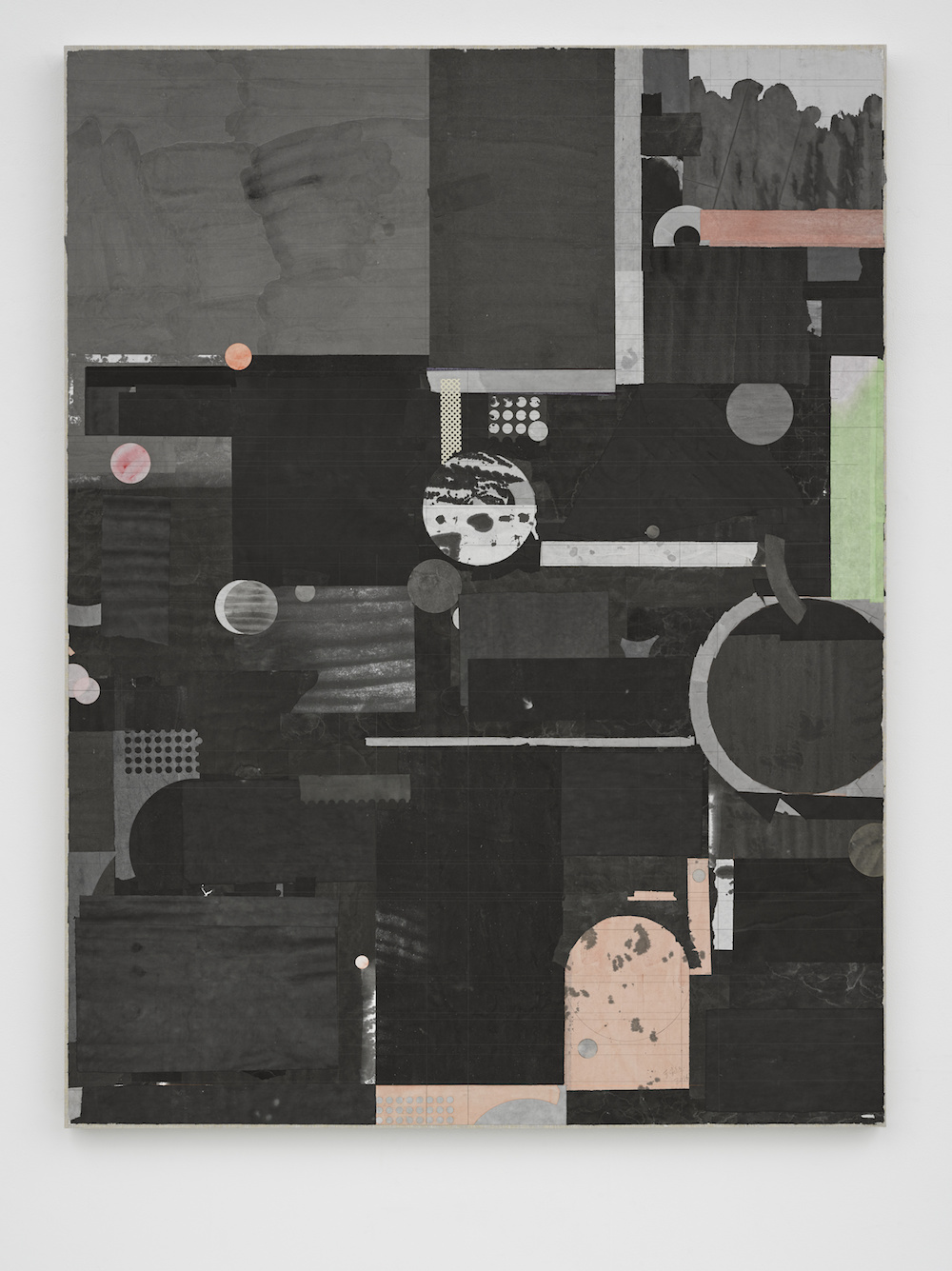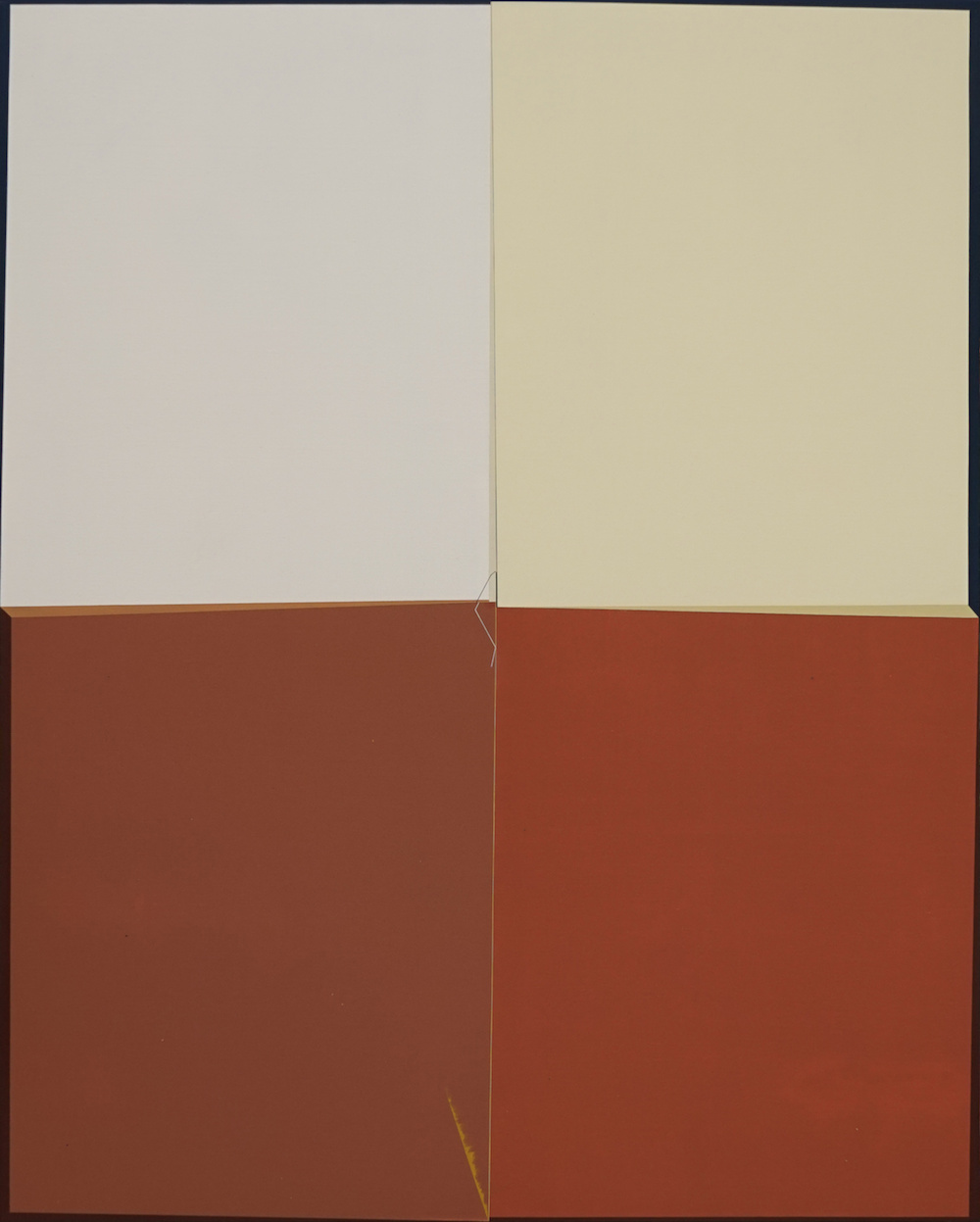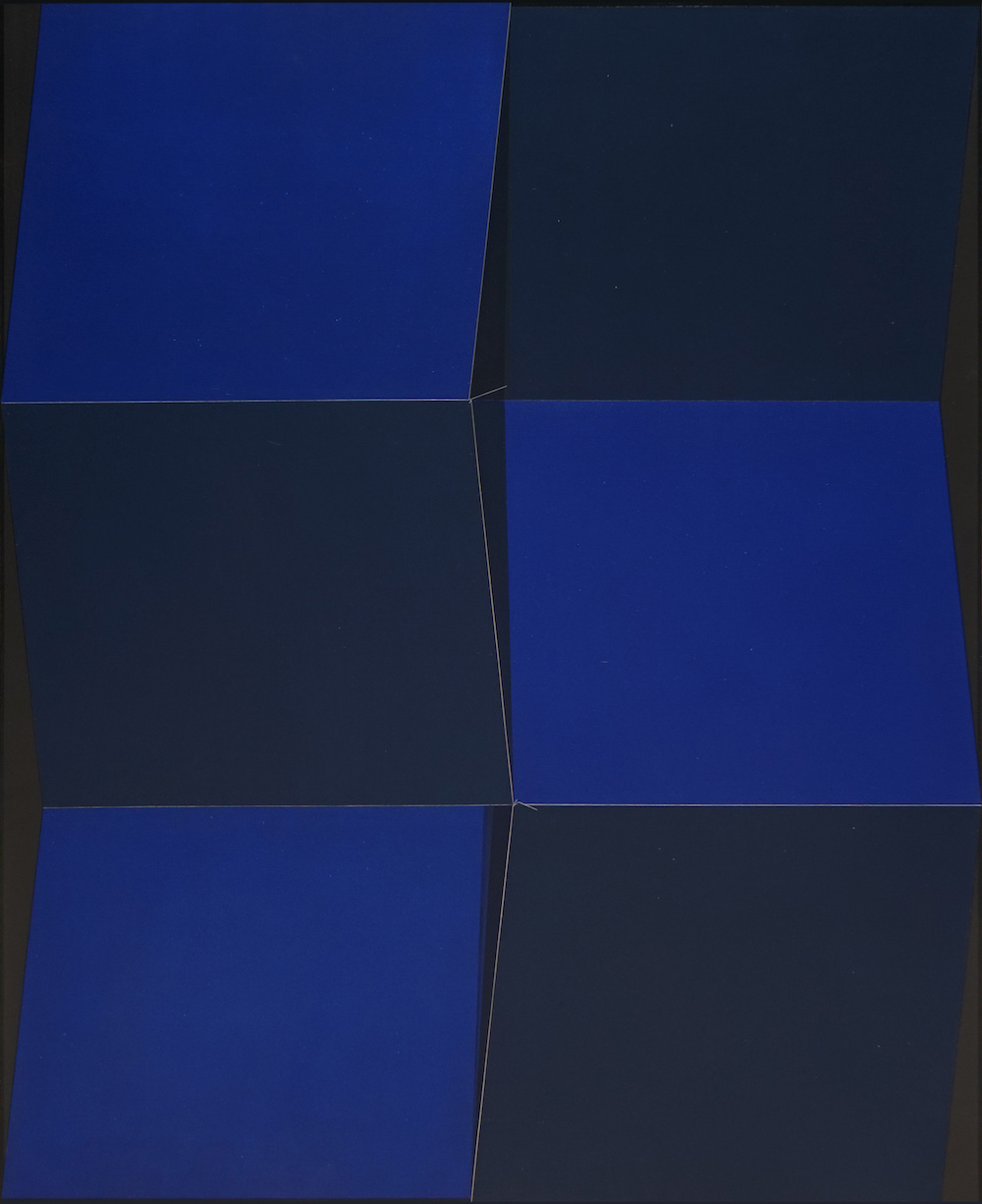This week White Cube Mason’s Yard opens The world is yours, as well as ours, an exhibition which explores the development of abstraction in contemporary Chinese painting away from the singular western narrative. The artists ‘seek a means of using contemporary vocabulary to create new forms of abstract painting,’ says Laura Zhou, White Cube’s Hong Kong gallery director, ‘that is equally rooted in Chinese traditions.’
Can you tell me a little about the work shown in
The world is yours, as well as ours?
The exhibition explores modes of abstraction in recent Chinese painting. To a western audience, Ding Yi and Liu Wei are typical of Chinese contemporary abstract artists. However, there are some artists whose abstract form is deeply embedded in traditional Chinese culture such as Taoism, Zen Buddhism and calligraphy, while they are at the same time influenced by western culture. They seek a means of using contemporary vocabulary to create new forms of abstract painting that is equally rooted in Chinese traditions.
How did you select the artists featured in the exhibition?
The artists in the show are made up of two groups. Firstly, the artists born in the 1940s, 50s and 60s are the generations immersed in the traditions of Chinese culture. They are a group of artists who create a unique language drawn from history. Secondly, the artists born in the 1970s and 80s are the generations whose starting point is almost the same as the equivalent generations of artists in the west. Their modes of expression are very different from the elder generation represented in the show. This contrast is the reason for selecting the younger artists.
Have have the painters in the exhibition been influenced by traditional Chinese techniques?
You can vividly see the Chinese traditional influence in the works, the tecniques and practices and also the thinking of Yu Youhan, Tang Guo, Qin Yifeng and Zhou Li. Taoism and Zen Buddhism, and the idea of nothingness and emptiness are the key to their works.
Which young Chinese artists are particularly exciting to you right now?
In the work of Jiang Zhi–from which the exhibition takes its title–the ‘system errors’ from a computer screen, where a data glitch causes a corrupted or fractured image, are rendered in large-scale to create complex patterns and forms. Hovering between representation and abstraction, the paintings’ dynamic compositions and palette are meticulously translated by hand from screen to canvas. Like his video and photography, Jiang Zhi’s painting also reflects his understanding of time. In his view, time is not linear, just like the images created by system failures. If time is a construct of the objective world, what Jiang Zhi intends to create is a subjective world informed by his memory and imagination. It is a very western construct but with the inner spirit of Chinese ideology.
What are the most unexpected things coming from contemporary Chinese painting for you? Do you feel there are many areas that simply aren’t represented in the west?
I try to keep my eyes and mind open to see something which is unexpected. There are too many possibilities in China. Those in the west merely see the tip of the iceberg of Chinese contemporary art. To get a true understanding of Chinese culture you need to explore much deeper, through its history and tradition.
This issue of narrowed down, geographically weighted art history is a common one, which stretches beyond China. Do you think we need to be seeing a more global history, or will this history inevitably always be splintered?
It’s too early to say right now. History takes 10, 20 or 30 years to make things magically happen.
‘The world is yours, as well as ours’ runs at White Cube Mason’s Yard from 15 July until 17 September
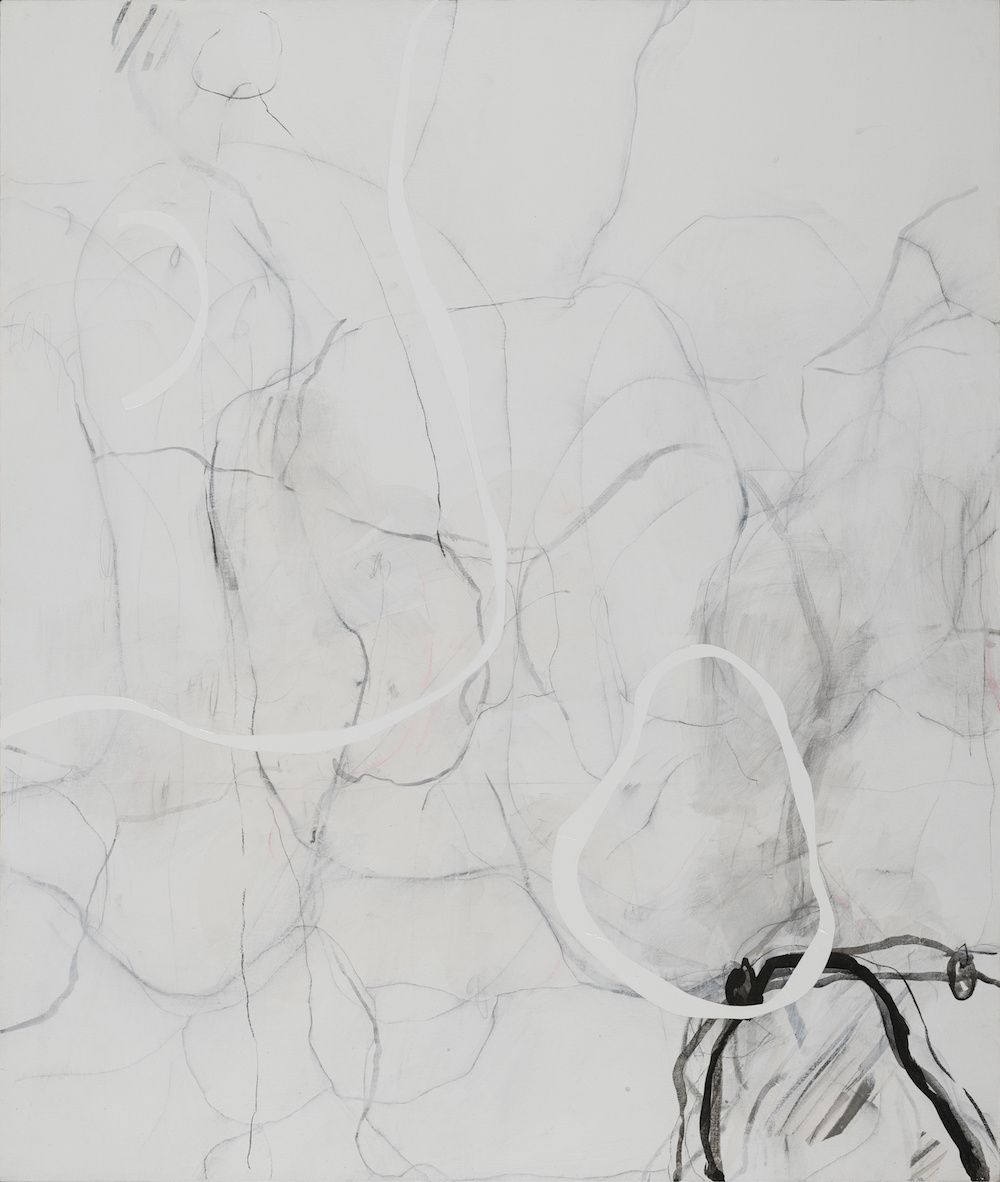
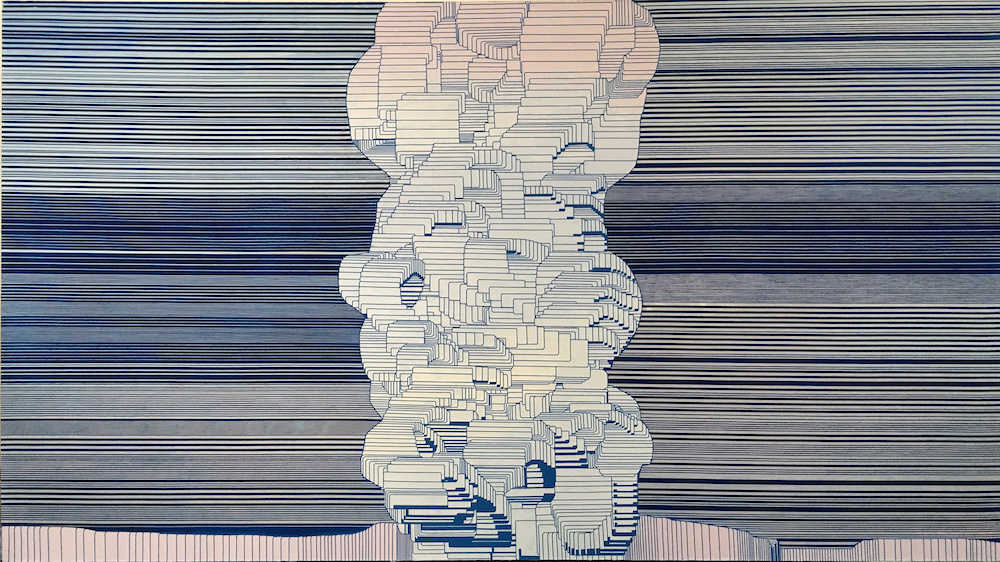
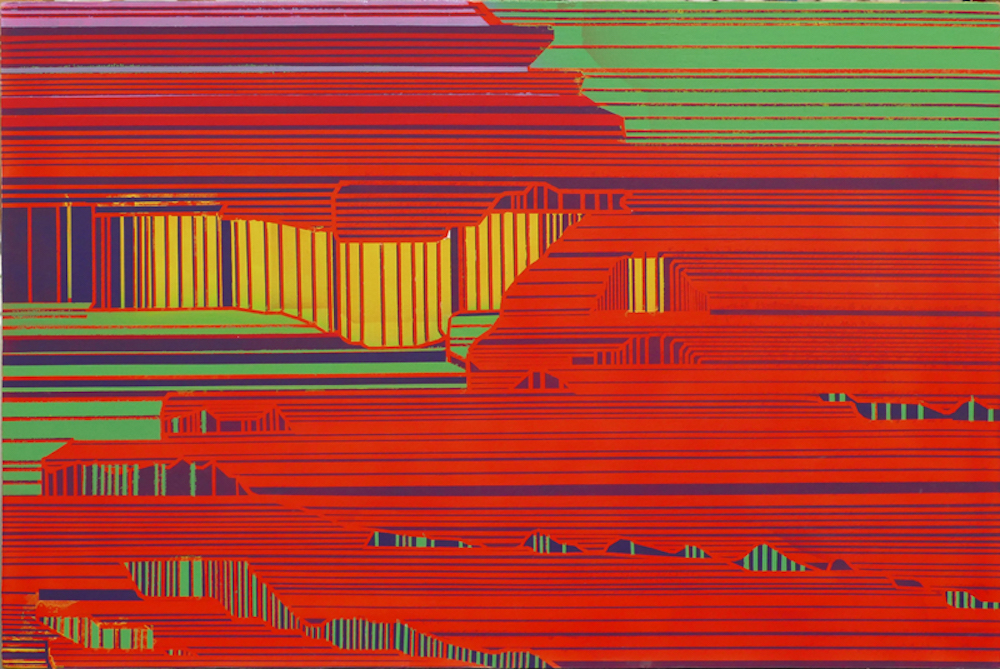
Jiang Zhi The world is yours, as well as ours – Display 31 2015-2016 Oil on canvas 23 5/8 x 35 7/16 in. (60 x 90 cm) © the artist Courtesy White Cube.
